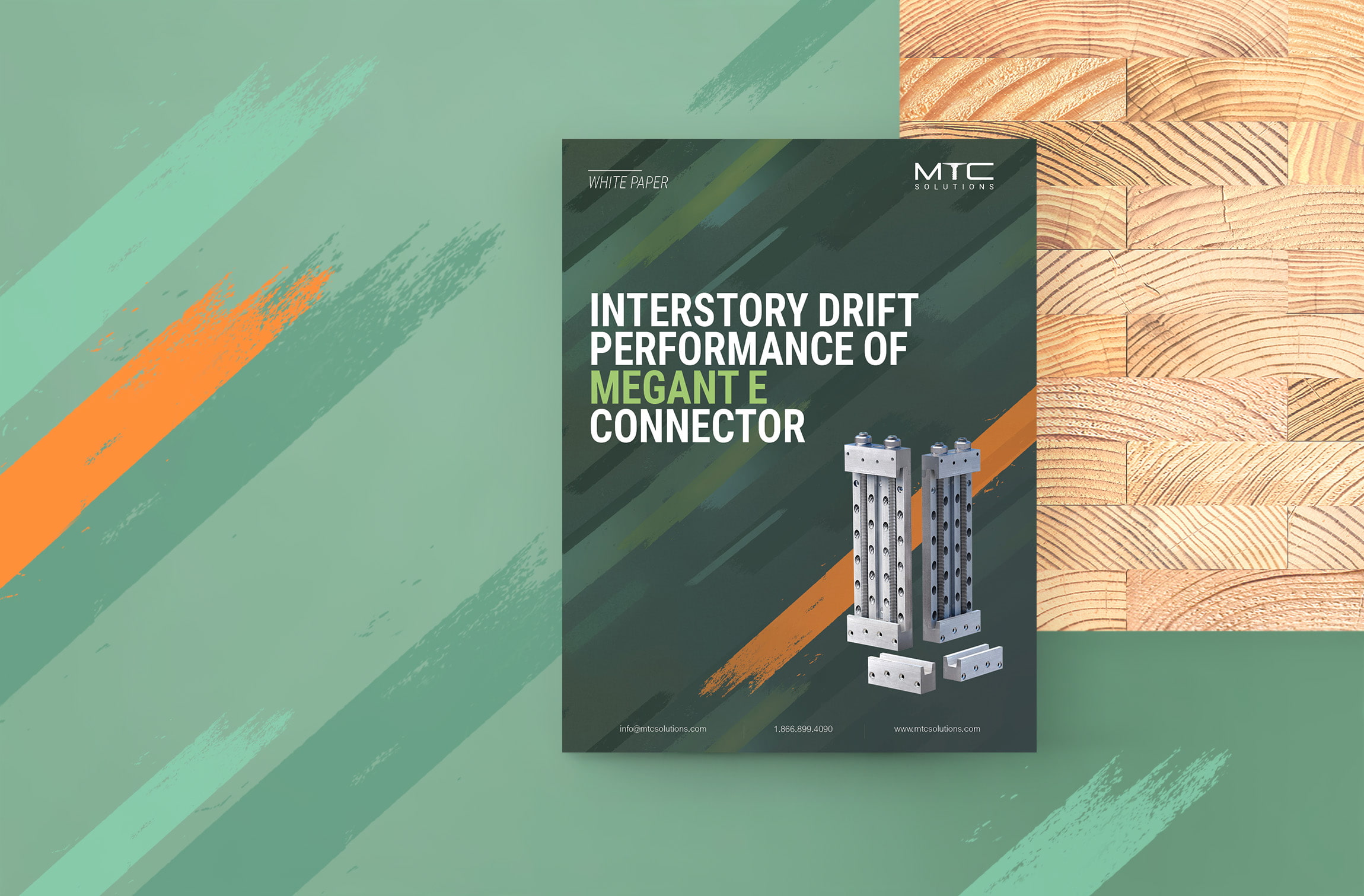
With the release of the 2021 International Building Code (IBC) updates including an increase in the maximum height allowance for mass timber buildings, the response of mass timber connections to loading conditions, such as those induced by seismic or high-wind events, has become ever more important. Beyond simply designing a lateral force-resisting system capable of withstanding lateral forces generated by earthquakes or winds, it is imperative that every building component, including connections, can endure the deformational demands imposed on them.
Beam-to-column connections may lose their load-carrying capacity during a seismic event, potentially leading to the collapse of the supporting beam structure and subsequent deterioration of structural integrity. The ability of connections to deform considerably affects frame displacements and force redistribution under significant seismic loading. This paper presents an overview of the findings of full-scale monotonic and quasi-static cyclic testing of pre-engineered MEGANT E 450 × 150 × 50 connectors under combined gravity and lateral loading, with a focus on investigating their drift capacity through pushover analysis.
With an allowable load of 22.67 kip, the MEGANT E 450 × 150 × 50, a modified version of the MEGANT 430 × 150 × 50, features clamping jaws that are 3/8” deeper. These connectors can be concealed for architectural and fire resistance-rating purposes by routing them into either the main or side member.
In this study, lateral displacement was imposed using a hydraulic actuator, following a displacement-controlled loading protocol, while reversed cyclic testing was performed based on the Consortium of Universities for Research in Earthquake Engineering (CUREE) ordinary ground motions protocol.

Test results demonstrated ductile behavior in these connectors, allowing them to withstand interstory drifts of up to 4% and 7.2% in cyclic and monotonic tests, respectively. They were also found to be capable of maintaining their intended design shear load-carrying capacity throughout the respective testing regimes. These findings provide valuable insights into the performance of MEGANT E connectors, laying a knowledge base for improving future designs.
For further reading on tests involving the MEGANT E, check out the following supplementary white paper.
Register for a Technical Learning Session
Sign up for MTC Newsletter and keep up to date with all our progress.